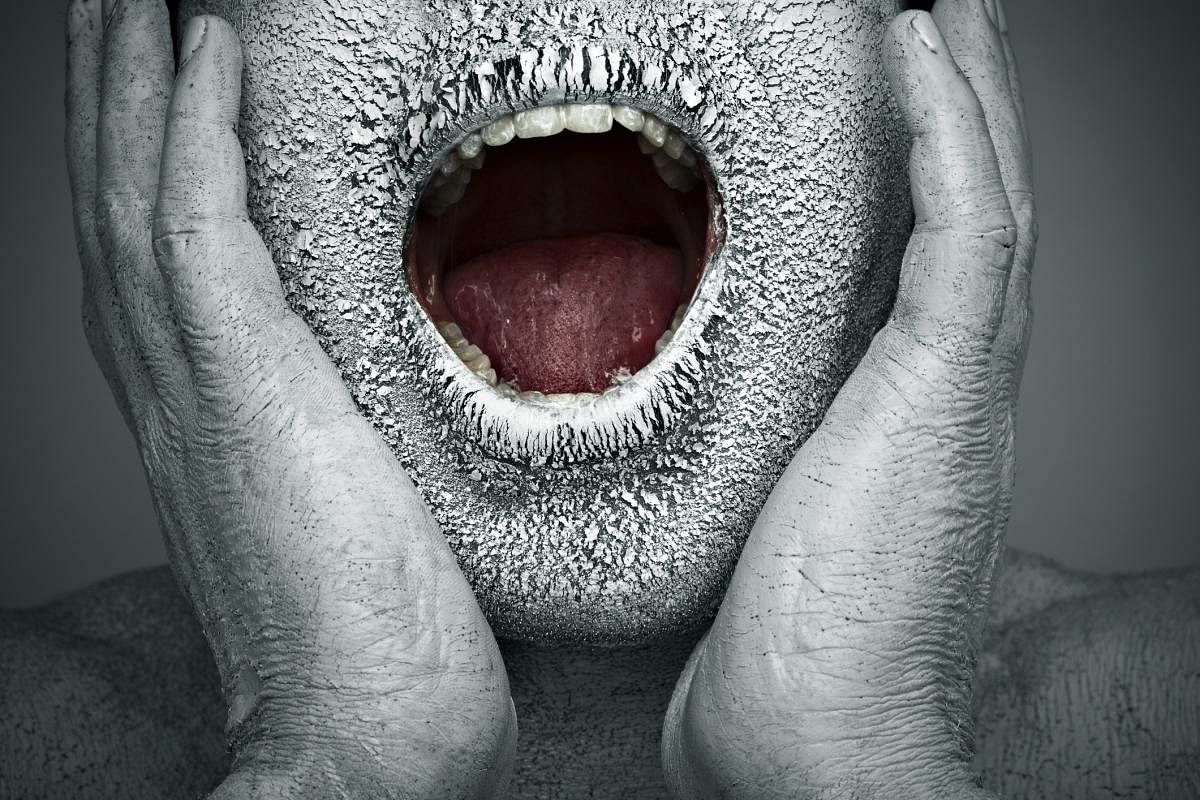
Most children, adolescents and adults do not think about how or how often they breathe. A normal human typically breathes through their nares, so as to warm and moisten what traverses our nasal passages. However, some children, as well as adults, breathe in and out mostly through their mouth instead. This is known as mouth breathing.
Seasonal illness like common cold can cause temporary mouth breathing which is not a cause for concern. Chronic mouth breathing, however, can signal that a child or adult needs additional intervention. Common causes of mouth breathing in infants and children (enlarged adenoids and tonsils, birth abnormalities, such as choanal atresia, cleft palate, or Pierre Robin syndrome, nasal foreign body) differs from that of adults with some overlapping conditions like allergies, deviated nasal septum, congestion from infection and nasal polyps. One of the most common side-effects of mouth breathing is an excessively dry mouth. Under normal conditions, saliva continuously washes bacteria from the mouth. If your mouth is dry, however, that bacteria can more readily take hold and cause problems like cavities. Of major concern is chronic mouth breathing in children. Over time, children whose mouth breathing goes untreated may suffer from abnormal facial and dental development, such as long, narrow faces and mouths, gummy smiles, gingivitis and crooked teeth. Poor sleeping habits due to mouth breathing can adversely affect growth, too.
(The author is consultant, dept of paediatric pulmonology, Aster RV Hospital)